I want to let you in on a little secret: deadlifts cure cancer, science just doesn’t know it yet.
Besides the fact that they activate muscles from your face all the way down to your feet, they also turn average men into grunting, chalk covered savages who are willing to sacrifice their intervertebral discs for a love of the iron.
However, when it comes to training longevity, we’ve got to remember that chasing PRs for short term satisfaction can also lead to long term disappointment if one incurs an acute injury or exacerbates a pre-existing, chronic issue.
So, how can you receive the satisfaction of feeling like the sultan of swole ripping 400 pounds off the ground while still retaining the ability to tie your shoes the next day?
Well, sounds like it’s time to get down to the nitty gritty and talk biomechanics.
Strap in chief, it’s about to get serious.
1. Stop Retracting Your Shoulder Blades
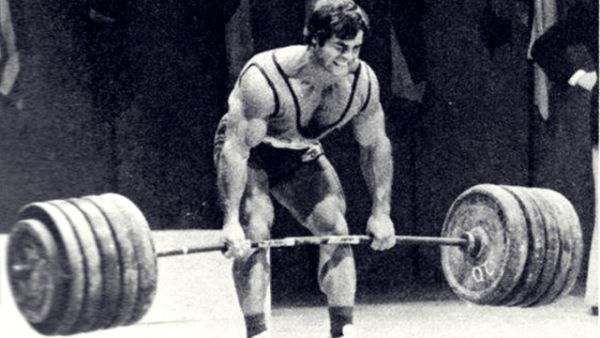
Whenever you discuss biomechanics you have to remember that deviations at one joint can cause subsequent alterations elsewhere. So, if you cue the shoulder blades directly, you must keep in mind that the spine may be affected as well.
Not only that, scapular position can influence positioning of your ribcage, apical expansion, and intra-abdominal pressure.
Whenever I hear someone coaching a lifter to “pull their shoulder blades back” (i.e. scapular retraction) before a pull, a small part of me dies inside.
Not only that, they’re unknowingly teaching the trainee to increase the range of motion required to complete the lift. Why make the lifter harder than necessary?
Essentially, you want the arms as long as possible in the deadlift. If you’re transiently changing their length, then you’ll have to drop the hips lower in order to grip the bar.
Still not tracking with me? Check out this video where I cover the topic in detail and discuss some of the other mechanics that are affected.
Key Takeaway
Reach through the bar, take your breath, and then get tight.


2. Learn to Pack the Neck
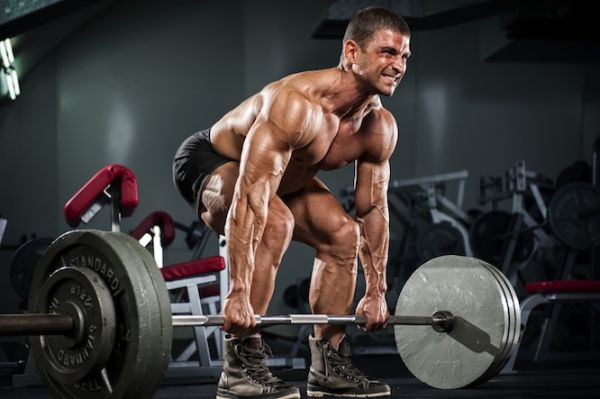
As I mentioned before, you spine is somewhat like a rope – adjust one area and there may be ensuing “waves” at other areas.
In the case of the neck, cervical extension results in lumbar extension due to reflexive erector spinae recruitment.
To quote great physical therapist and strength coach Charlie Weingroff,
…a “packed” neck is strong cervical retrusion with capital flexion.”
Many misinterpret the idea of a “packed neck” as correlating with looking down but in actuality you’re trying to generate retraction of your cranium on the cervical spine.
Jim Wendler simplified the concept by relating it to the idea of wearing a backwards baseball hat and trying to push the bill into the wall behind without tilting your head up or down.
This movement is often accompanied with thoracic spine extension in overhead lifts in order to move the head out of the way and allow the bar to move in a straight line.
I’m sure you’re wondering why small deviations make such a big difference but Mel Siff put it rather succinctly in his book Supertraining:
“Correct positioning of the head will ensure that the back assumes the posture where trunk stabilization is shared between the erector muscles and the spinal ligaments. Action of the eyes is closely related to the action of the head, so it is essential to facilitate correct positioning.”
However, just because one tucks the chin doesn’t mean that they have to keep the eyes down.
Many times oral-facial drivers can play a much larger role than most people realize due to the influence of the vestibulo-ocular reflex.
This reflex occurs in order to optimize vision during movement of the head by stabilizing the line of sight.
So, in this case you’ve dropped your line of sight as your chest hinged to the floor but you can keep a neutral ocular position based upon the positioning your eyes.
Therefore, after you have retracted the chin, keep your eyes up like you’re trying to look out of the top of your eye sockets in order to capitalize on this reflex.
Key Takeaway
Experiment with “making a double chin” to keep the cervical spine neutral but continue to look up with your eyes rather than throwing your head back into hyperextension.
3. Understand and Maximize Intent
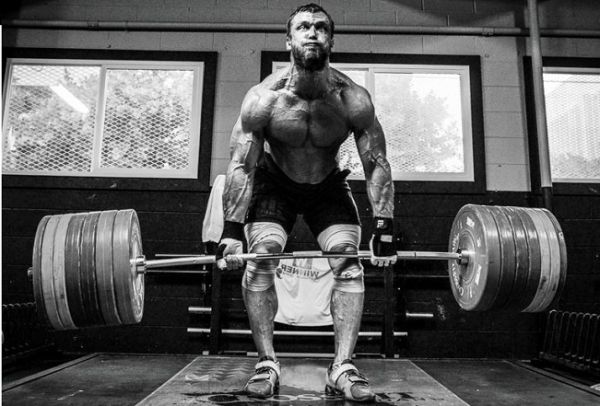
When you lift weights you have to remember that the velocity of the bar is of critical importance.
You can use it as an easy way to measure nervous system readiness or critique RPE (rate of perceived exertion) for certain sets in order to determine percentage fatigue drops.
However, with weight lifting the concept of specificity applies to programming, exercise selection, and velocity.
Your focus (i.e. intent) during a lift can play a large role in arousal and output of the central nervous system, here’s how to maximize it:
Key Takeaway
Once you can get into position (deep squat, hip hinge to parallel, etc.) then you need to focus on accelerating the bar explosively – the influence of gravity against the bar and the plates should be the only force slowing you down.
4. Adjust Bar Position
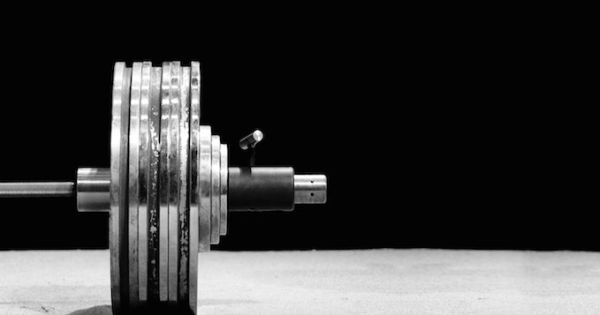
Scraping your shins on the bar isn’t the best indication of a good deadlift.
In fact, in some cases it might be due to the fact that you’re setup is incorrect and you’re “robbing Peter to pay Paul.”
In other words, you’re robbing power from the quads because you’re setting up with the bar too close to the shins and as such your glutes and hamstrings have to work harder.
Key Takeaway
Keep the bar over the knot on your shoe laces and ensure a vertical bar path by pushing the floor away while pulling the bar into your body to prevent any horizontal drift.
5. Generate Tension with the Bar
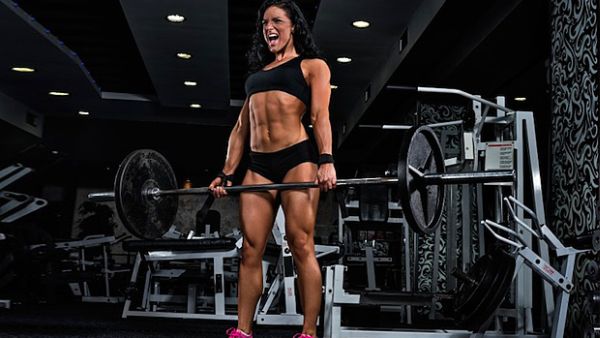
Your starting position determines your position at lockout.
If you can nail the setup and maintain neutrality while getting your air and hinging down to the bar, you’re already way ahead of the curve.
From there, you need to learn how to use the bar and your hamstrings to actually “pull” yourself into the bottom of the starting position.
Establish tension by taking advantage of the irradiation phenomenon within the hands and couple that with a stable base (i.e. tripod foot) in order to generate a solid platform for power production and force transmission.
If you’re more of a visual learner then give the video below a watch as it will explain the concept in much more depth.
Key Takeaway
Get tight first and then work on trying to push the floor away. Don’t let laziness ruin your starting position as it will also subsequently affect your lockout.









